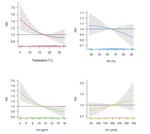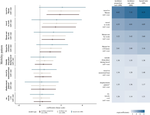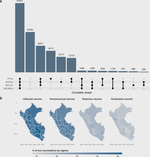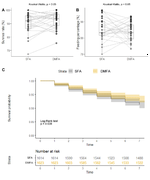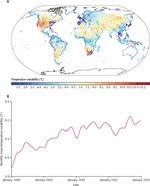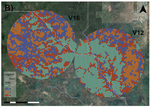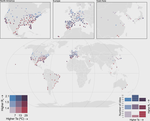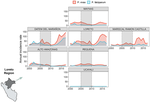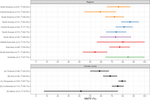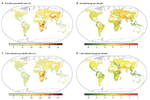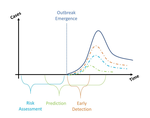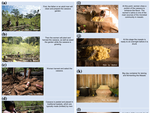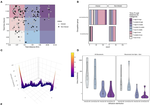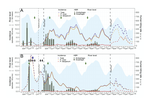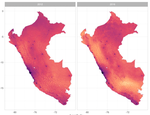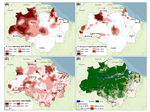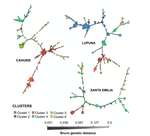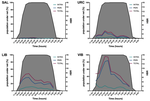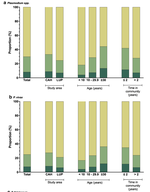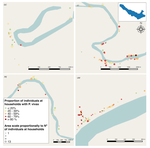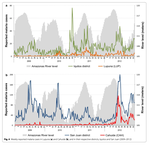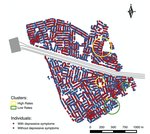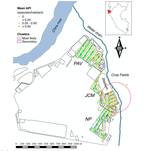Publications
Technical Workflow Development for Integrating Drone Surveys and Entomological Sampling to Characterise Aquatic Larval Habitats of Anopheles funestus in Agricultural Landscapes in Côte d’Ivoire
Land-use practices such as agriculture can impact mosquito vector breeding ecology, resulting in changes in disease transmission. The …
Ecology and larval population dynamics of the primary malaria vector Nyssorhynchus darlingi in a high transmission setting dominated by fish farming in western Amazonian Brazil
Vale do Rio Juruá in western Acre, Brazil, is a persistent malaria transmission hotspot partly due to fish farming development that was …
Open-Source 3D Printable GPS Tracker to Characterize the Role of Human Population Movement on Malaria Epidemiology in River Networks: A Proof-of-Concept Study in the Peruvian Amazon
Human movement affects malaria epidemiology at multiple geographical levels; however, few studies measure the role of human movement in …
Temporal and micro-spatial heterogeneity in transmission dynamics of co-endemic Plasmodium vivax and Plasmodium falciparum in two rural cohort populations in the Peruvian Amazon
Background
Malaria is highly heterogeneous; its changing malaria micro-epidemiology needs to be addressed to support malaria …
Malaria is highly heterogeneous; its changing malaria micro-epidemiology needs to be addressed to support malaria …
High prevalence of very-low Plasmodium falciparum and Plasmodium vivax parasitaemia carriers in the Peruvian Amazon: insights into local and occupational mobility-related transmission
Background
The incidence of malaria due both to Plasmodium falciparum and Plasmodium vivax in the Peruvian Amazon has risen in the …
The incidence of malaria due both to Plasmodium falciparum and Plasmodium vivax in the Peruvian Amazon has risen in the …
Loop-mediated isothermal DNA amplification for asymptomatic malaria detection in challenging field settings: Technical performance and pilot implementation in the Peruvian Amazon
Background
Loop-mediated isothermal DNA amplification (LAMP) methodology offers an opportunity for point-of-care (POC) molecular …
Loop-mediated isothermal DNA amplification (LAMP) methodology offers an opportunity for point-of-care (POC) molecular …
